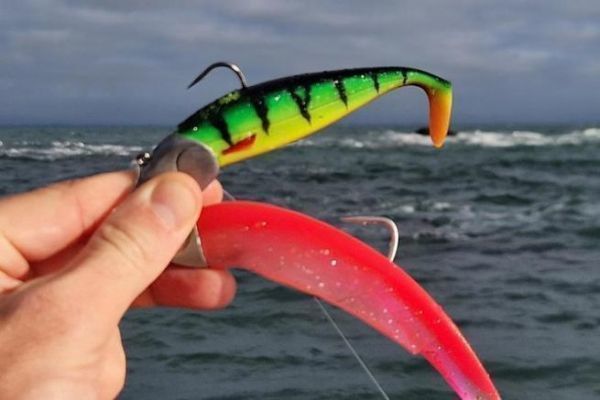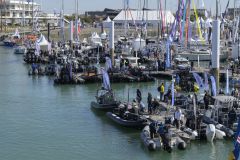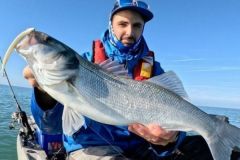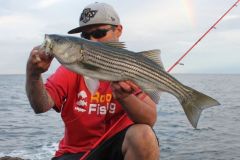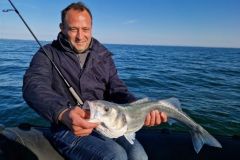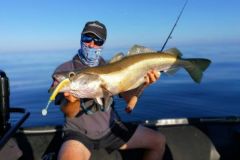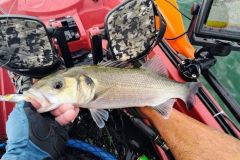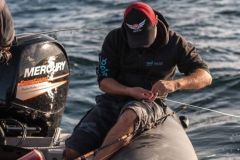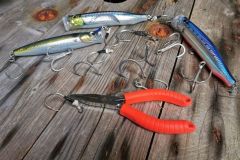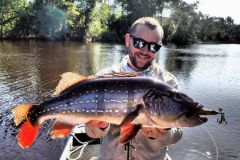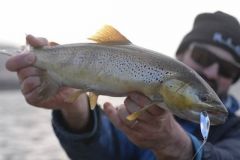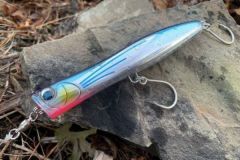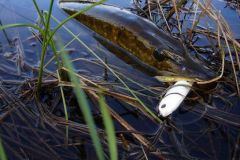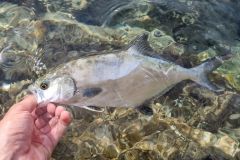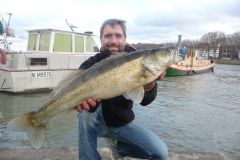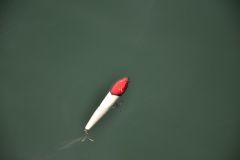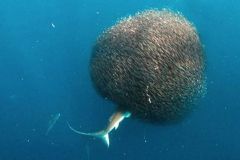We are in December, in the south of Brittany and the waters are chewed up by the rains that have fallen for a few weeks. It is undoubtedly the last outing of the year.
This day, we attacked a spot that we know well in traction and in line. For my part considering the color of the water, I choose natural colors, but predominantly black and opaque hoping that this contrast makes the difference in these tinted waters. As for my partner, he goes for pink, simply because he likes this colorâ?¦
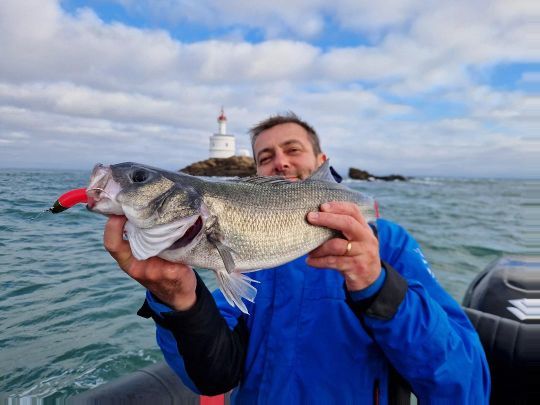
A notable difference
As soon as the first drifts, my partner registers hits or makes catches while my lure remains totally ignored. If the pink is a color that I usually like, especially for pollock and tuna, I must admit that it is not present in my boxes for sea bass and that I had not planned to put it at the end of my line today! However, the analysis of these first minutes clearly indicates to me that I must proceed to a strategic adaptation of the choice of my lure.
A color fresher than salt
Even if I don't have any pink in my box, I do have a few flashy colors just in case¦ I have some shads designed for traction in a fluorescent yellow perch color that is initially designed for freshwater fishing. This remains only a theoretical concept, because a carnivorous fish remains a predator like any other, whatever the environment in which it lives. So I swap my natural color for this flashy colored perch.
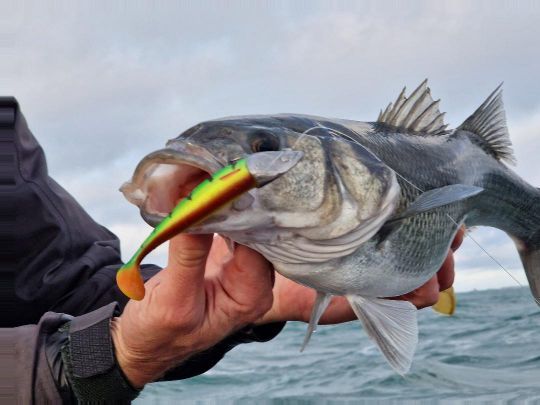
Immediate Reward
The wait is then of short duration and as of the following drift, my lure is sanctioned of a well marked touch which will conclude by the catch of a bass of respectable size. Several captures will follow until the loss of a big specimen unfortunately.
Understanding colors as a message
For bass fishing, by habit and because the waters are often clear, fishermen prefer, or even limit themselves, to natural colors based on blue or green hues corresponding to the prey usually hunted. But in specific contexts, such as that day, where the waters are very tinted with a fairly low ambient light, it becomes important to find a subterfuge to make our lure visible and easily locatable by predators. Thus, it is important to link the color identified by our eyes with that which will be perceived by the fish.
Not only the visibility in the water is extremely reduced, but also the colors are absorbed one by one with the depth and end up disappearing to make room for a grey gradient. So this yellow, so flashy in our hand, is finally not so flashy 10 meters below and remains in the end a simple message for the bars limited to "ahoy, I'm here!"
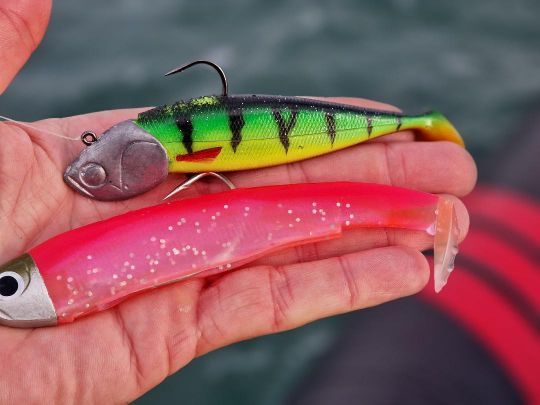
Confronting theory with reality
During your outings, if it is obvious that the first lures chosen must correspond to identified parameters of water colors, prey, brightness, activity, etc... It should not hesitate to go in the opposite direction of what seems logical and obvious. Totally flashy and inciting colors are sometimes very attractive in translucent waters, as surprising as it may seem. So dare! This is how you will regularly increase your repertoire of responses and multiply your catches.

 /
/ 